A friend of mine who is in remission from cancer has everything to a 1936 EL except the correct springer so I have assembled a bunch of junk pieces as pictured with the goal of having a restoration quality 1936 OHV springer when I am through. We've spent a couple of years looking for one with no luck.
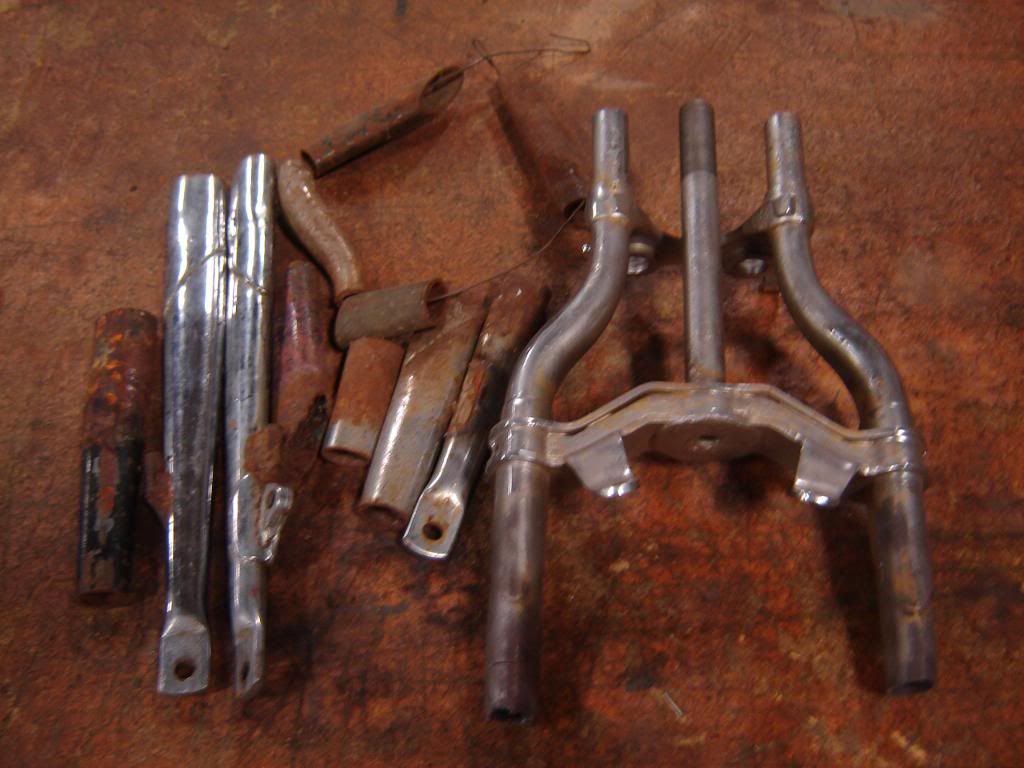

The main upper piece of this springer is actually newer than 1940 but no newer than 1943. It has the first version of the spring perch like 36 except the inboard grease zerks. As near as I can tell the lower legs (what is left of them) were of the straight variation so that gives me the 1941 and up indication and the first reinforcing of the spring perch occurred for sure by 1943. So it probably started life as a 1941 or early 1942 piece.

I have been straightening and repairing springers on a limited basis for 20 years or so. Here is the upper springer piece in my springer fixture.
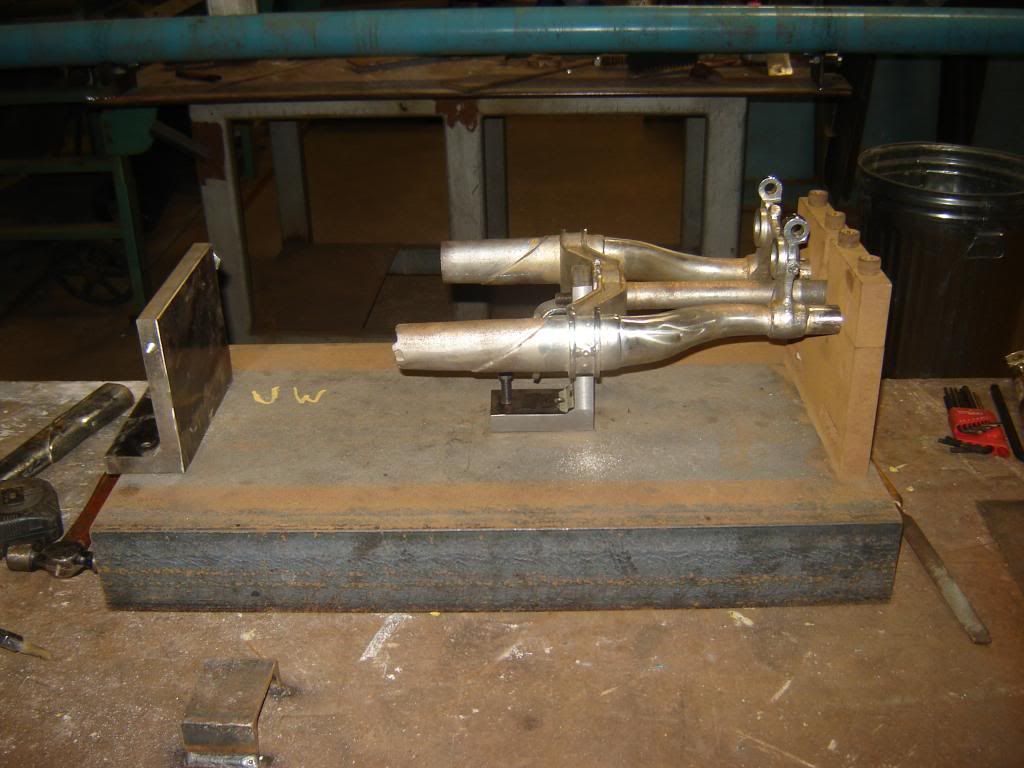
The fixture is basically a 3" x 15" heavy duty channel iron which I made and attached some fixturing brackets to which hold the center line of the springer exactly 5" above the back face of the channel iron. I originally used an NOS springer leg to layout the fixture but found out that even new they were not perfect.
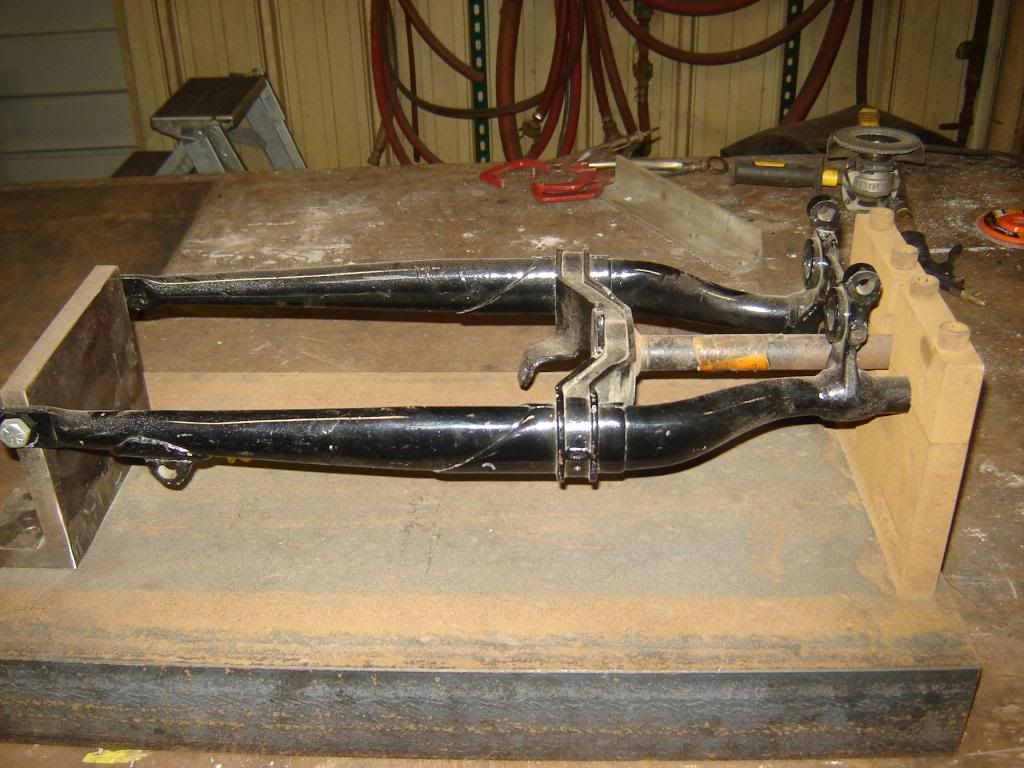
Jerry


The main upper piece of this springer is actually newer than 1940 but no newer than 1943. It has the first version of the spring perch like 36 except the inboard grease zerks. As near as I can tell the lower legs (what is left of them) were of the straight variation so that gives me the 1941 and up indication and the first reinforcing of the spring perch occurred for sure by 1943. So it probably started life as a 1941 or early 1942 piece.

I have been straightening and repairing springers on a limited basis for 20 years or so. Here is the upper springer piece in my springer fixture.

The fixture is basically a 3" x 15" heavy duty channel iron which I made and attached some fixturing brackets to which hold the center line of the springer exactly 5" above the back face of the channel iron. I originally used an NOS springer leg to layout the fixture but found out that even new they were not perfect.

Jerry
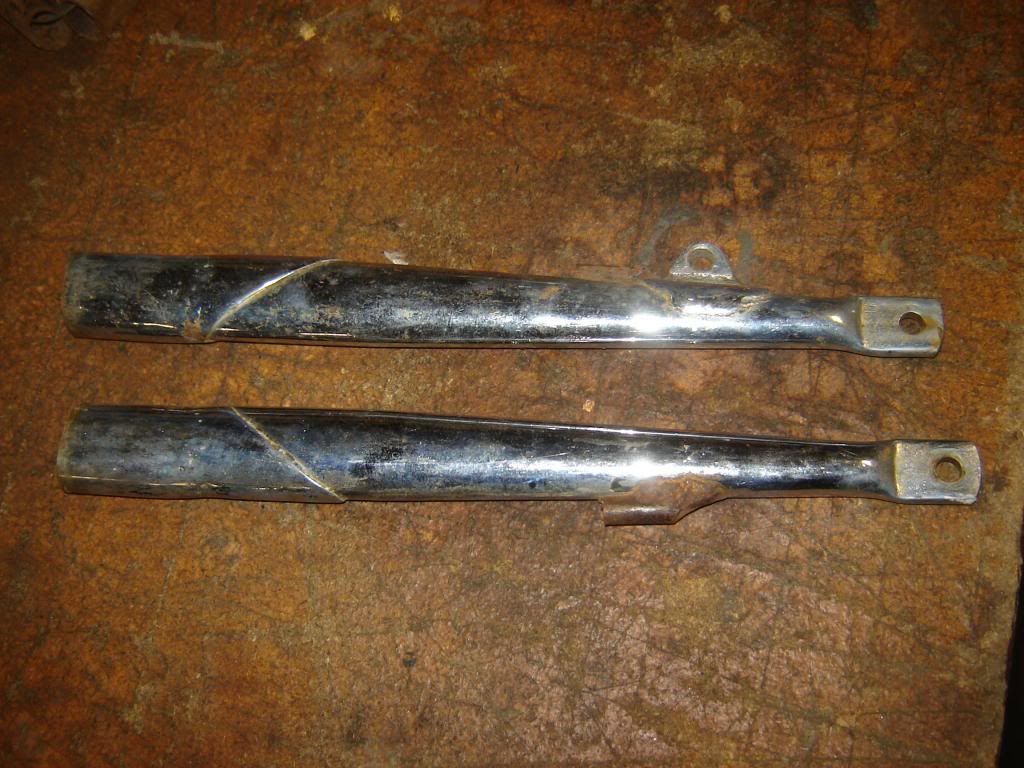
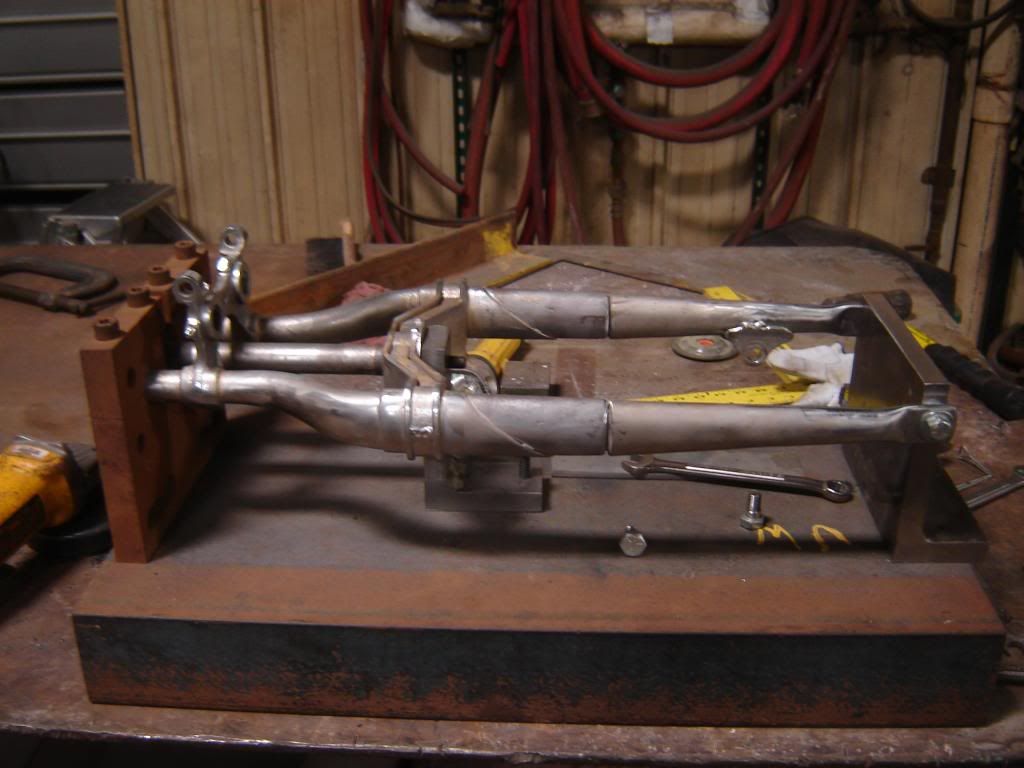

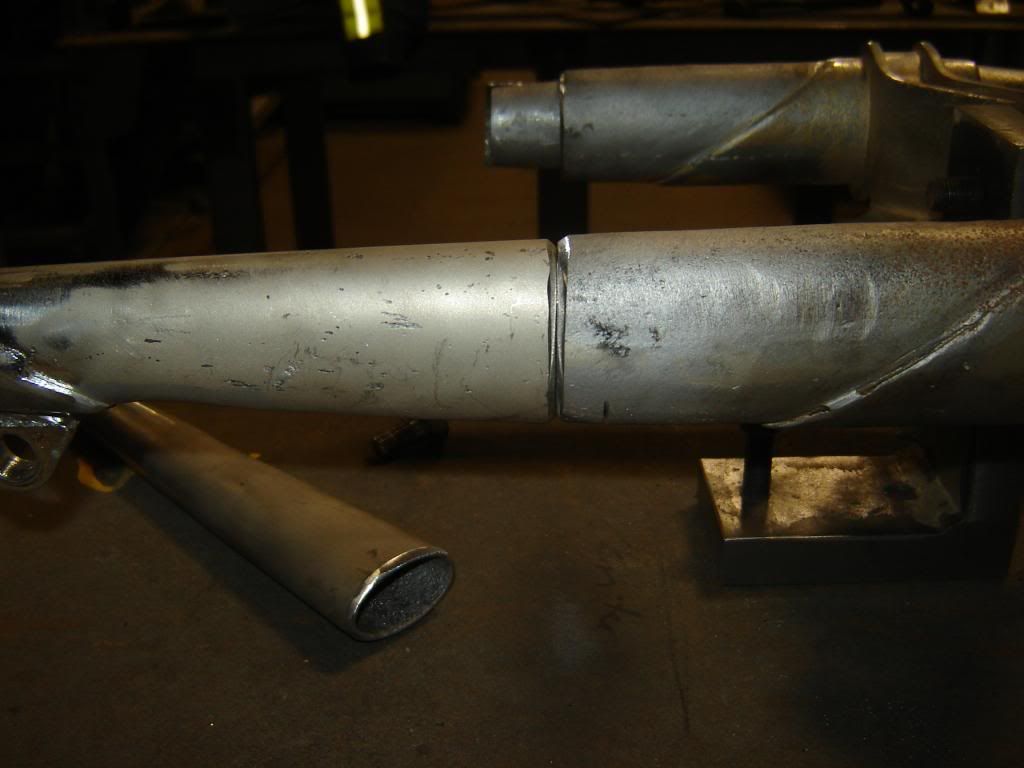

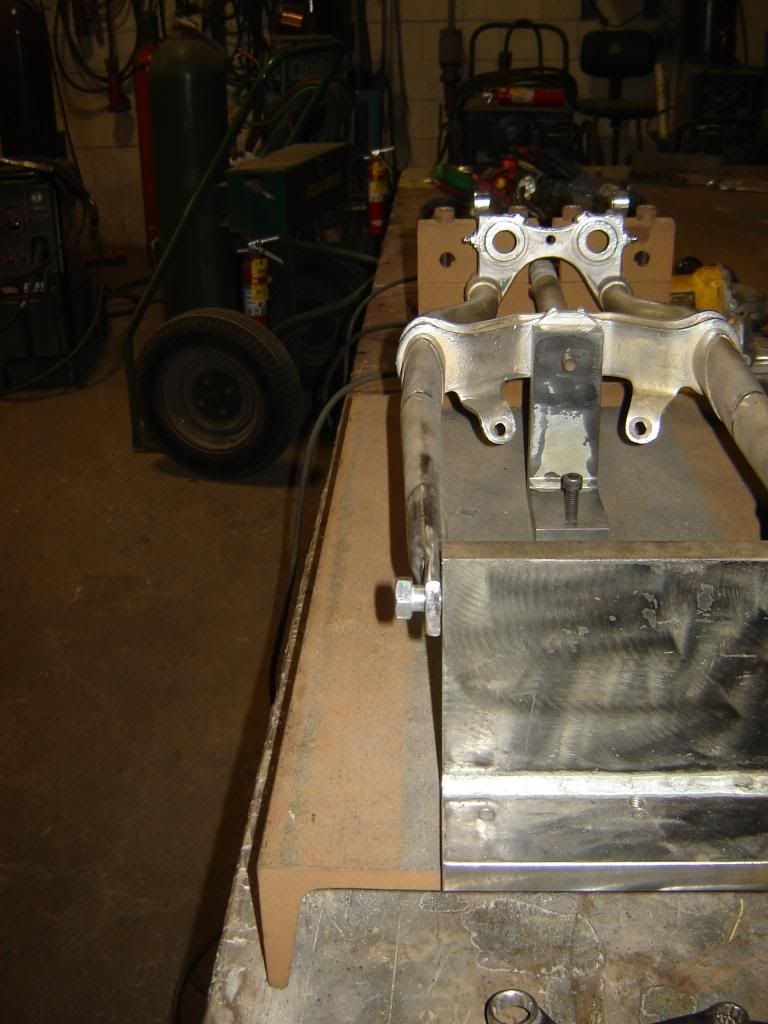
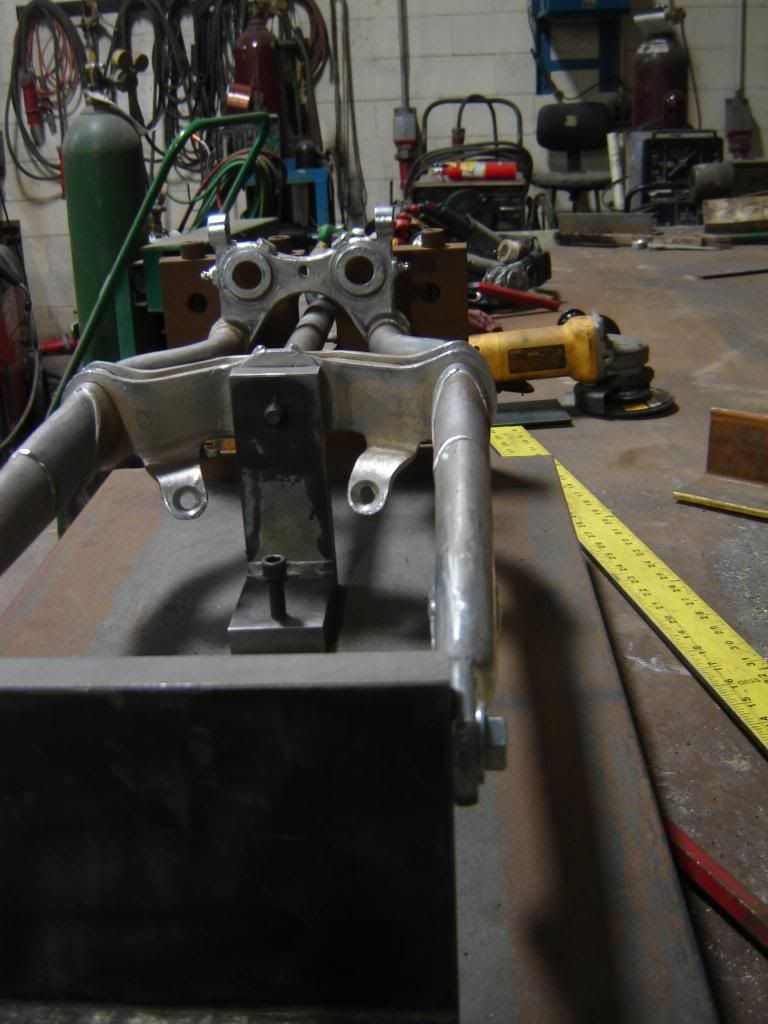
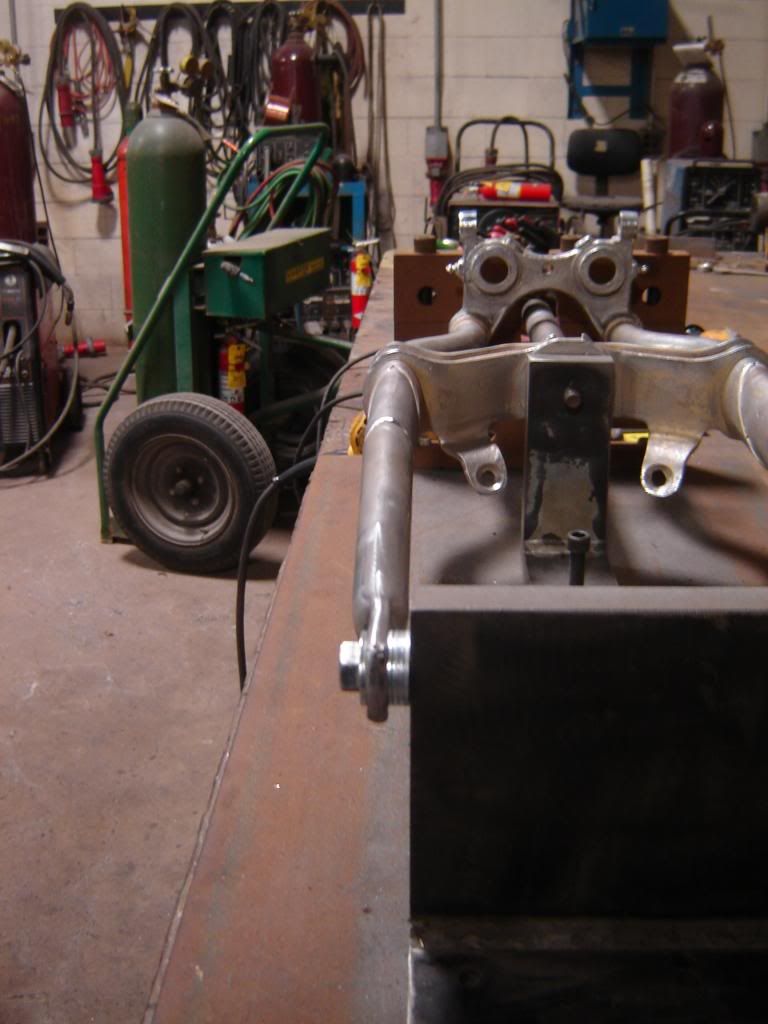
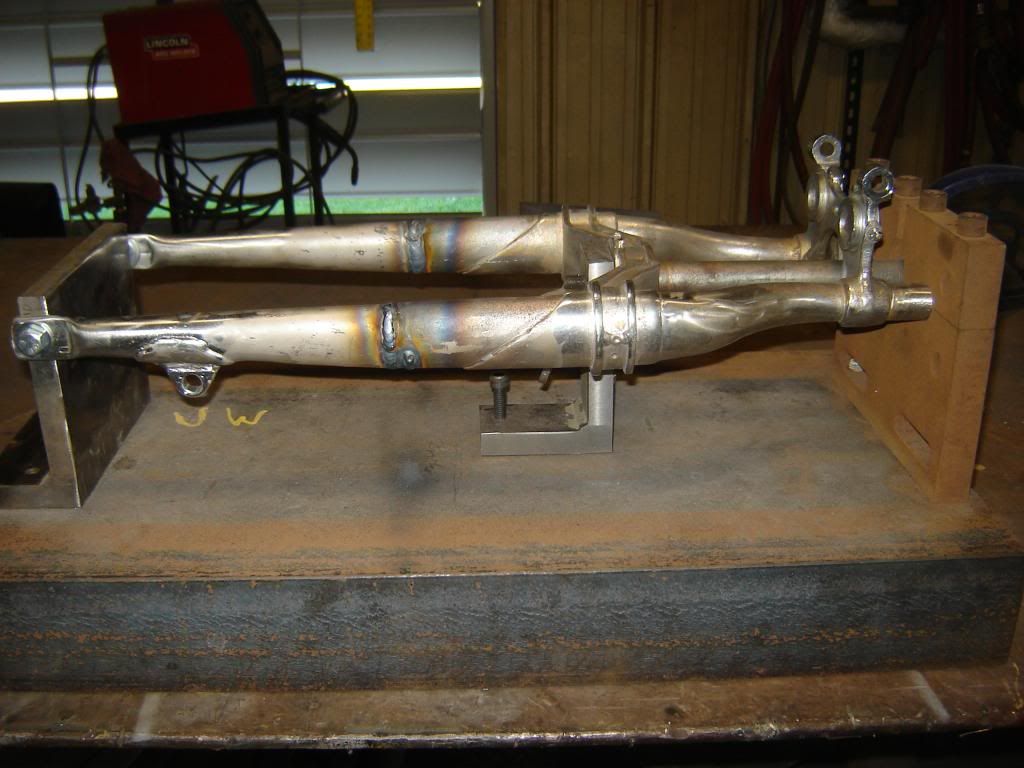
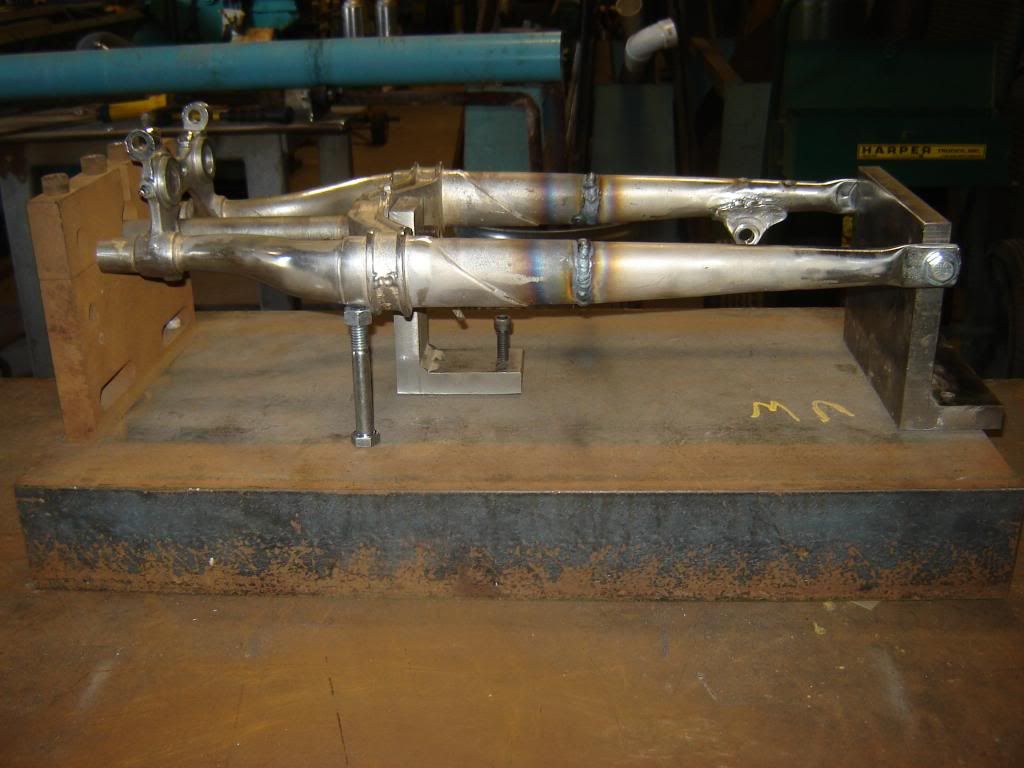
Comment